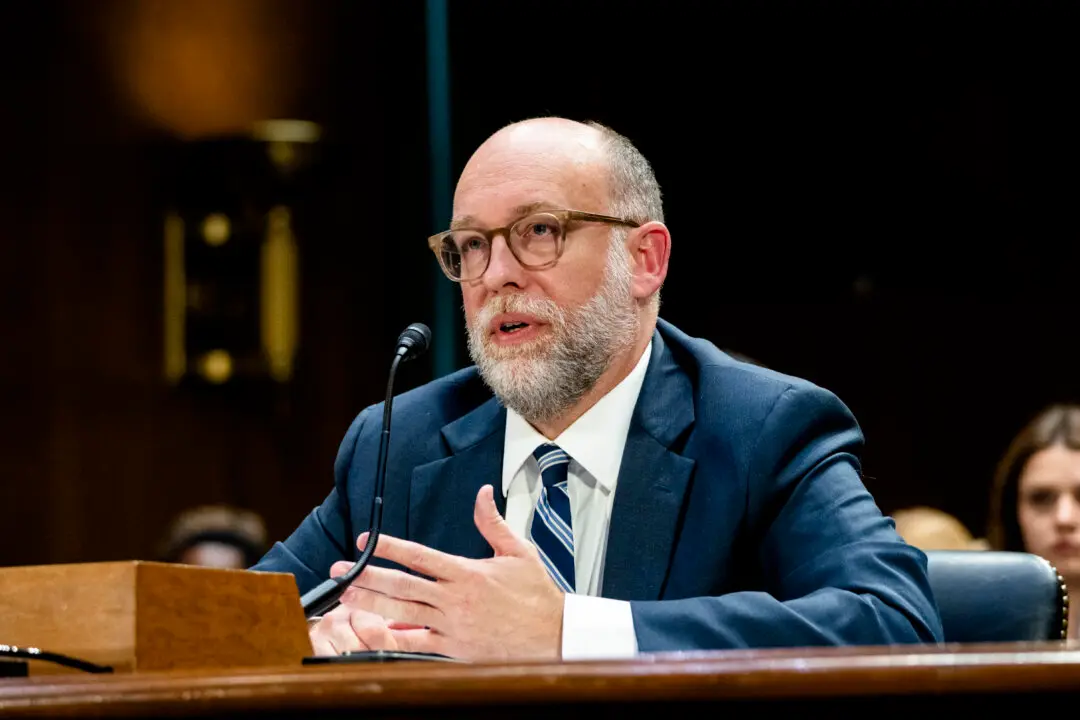Social platforms like YouTube are revolutionizing the beauty industry, allowing smaller brands and online stars to reach audiences in unprecedented ways. But for cosmetics giants, breaking through that digital noise has become a major challenge.
“We are trying to stay in the game. And it is all evolving so quickly. Every day is different and everything is constantly changing,” said Jane Lauder, president of cosmetics brand Clinique and the granddaughter of Estée Lauder, the founder of Estée Lauder Companies, Inc.
The shopping habits of younger buyers are very different from those of baby boomers and Gen Xers, according to Lauder.
“My generation [Gen X] and older would probably see an advertisement, get some information, go into a store and buy it. ... But shopping habits of younger generations are different. They do more research, they are armed with information, and they make decisions on their own versus looking for advice at the point of sale,” she said.
Younger shoppers are more influenced by their friends and social media. They are inspired by YouTube influencers, or so-called vloggers (video bloggers), whose reach and influence is enormous.






